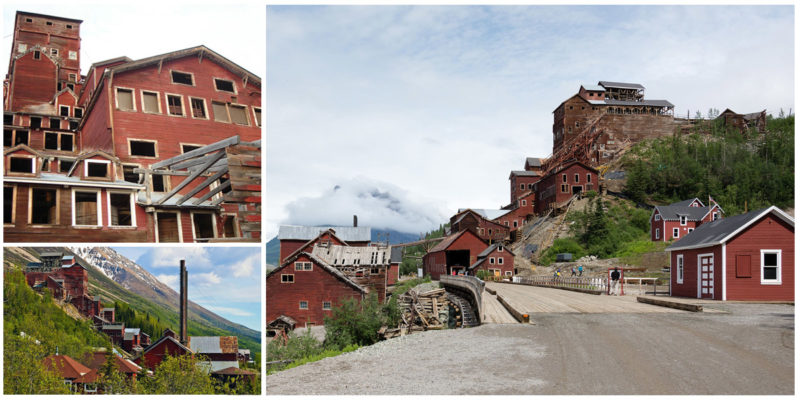Kennecott is an abandoned copper mining camp in Alaska which is situated in the Valdez-Cordova Census Area.
In 1986, it became a National Historic Landmark and it is also known as AHRS Site No. XMC-001. In 1900, the two prospectors Clarence L. Warner and Jack Smith where traveling through Alaska and they noticed a green patch on a distant hillside in an unusual location for a grass-green field.
The grass-green field for which they thought that it is a meadow, turn out to be a big deposit of copper ore which was exposed at the surface.
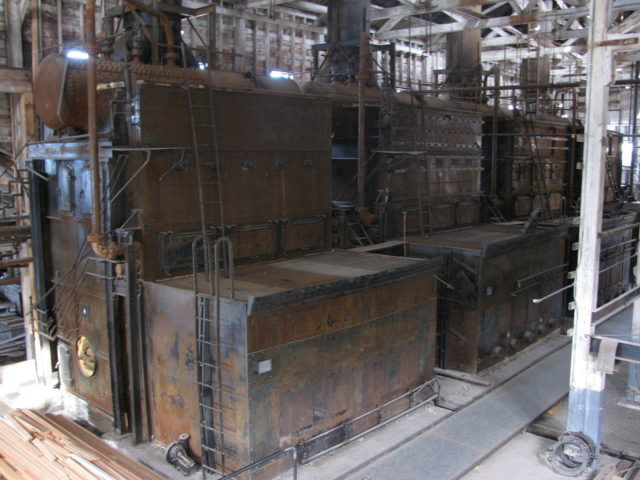
The U. S. Geological Survey geologist, Arthur Coe Spencer, only few day later was visiting the same location and found chalcocite.
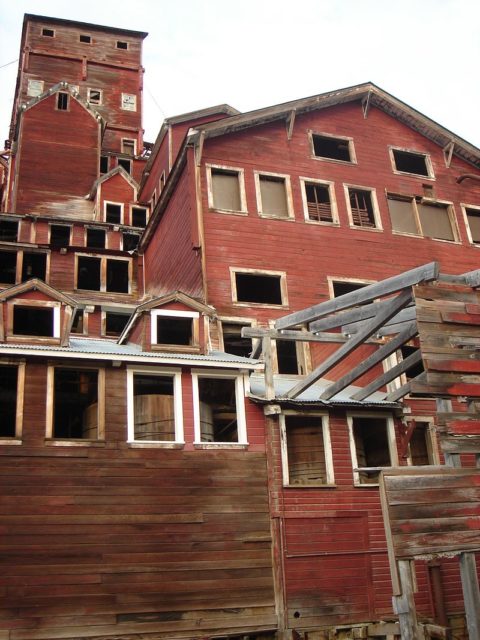
All of them collected samples of chalcocite from the Bonanza Peak where the green meadow was located which were 70% pure. The mining engineer Stephen Birch visited the mine in 1901 and confirmed that Bonanza was the richest known place with concentrated copper in the world at that time.
By 1905, Birch wanted to develop the area so he cooperated with the Alaska Syndicate who secured him $30 million. He wanted to develop the mine, to built a railway, and a steamship line. In 1906, the Syndicate bought 40 percent interest in the mine and 46.2 percent interest in the plans for the railroad.
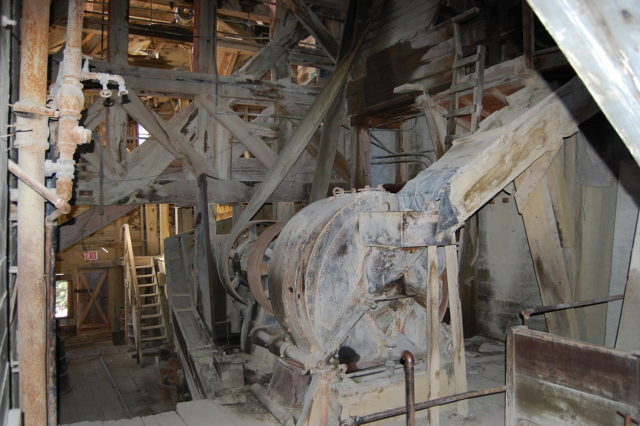
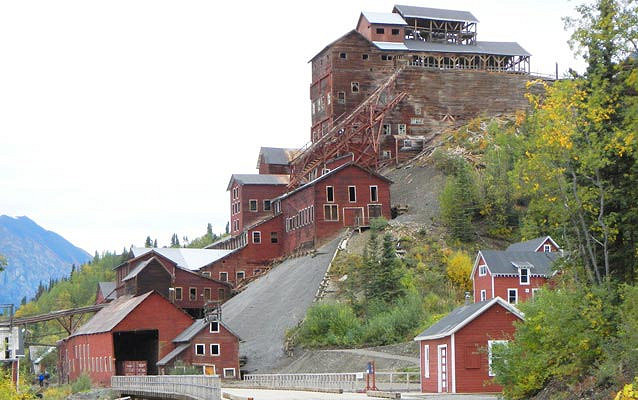
There were many political battles in the office of the President Theodore Roosvelt about the ownership and investments of the mine and the railroad. In 1938, there was a proposition from Ernest Gruening for Kennecott to be preserved as a National Park.
It was established as the Wrangell-St. Elias National Park and Preserve many years later in 1980. Between 1939 and the mid-1950s, Kennecott was abandoned and only one family lived there who served as the watchman.
There was an attempt in the 1960s to transfer the ore in aircraft but this was to expensive so the idea was not excepted. Only a month later, the company who had land rights wanted to demolish the whole town but only few structures were destroyed and most of the place was left standing.
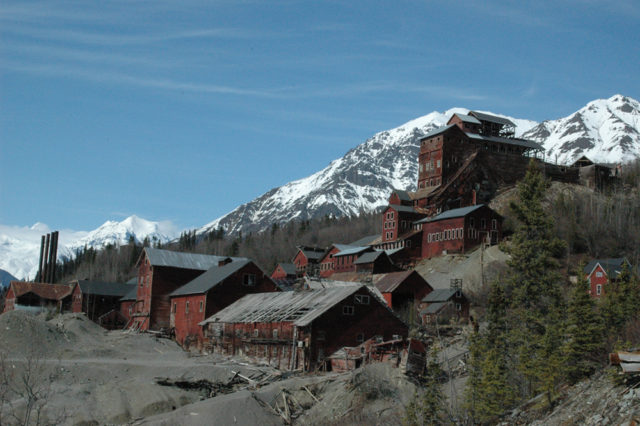
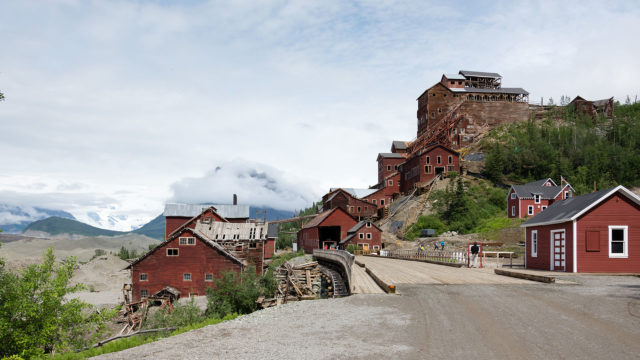
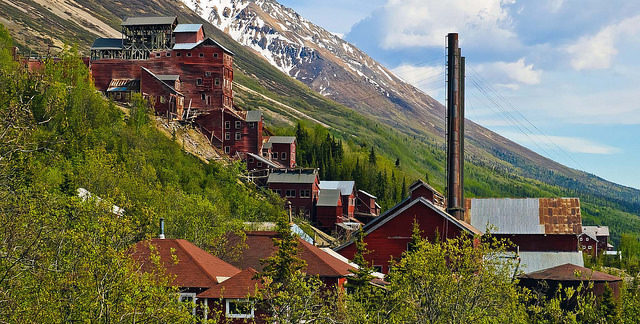
Since the 1980s the mine became a tourist attraction as the ghost town of Alaska and many visitors came to Kennecott to see the abandoned buildings and the old mines. The town was never repopulated only residents who were involved in the tourism business lived around the area. Today, The National Park Service is stabilizing many parts of the building and the mill and some of the structures remain under private ownership and are not open to the public.
